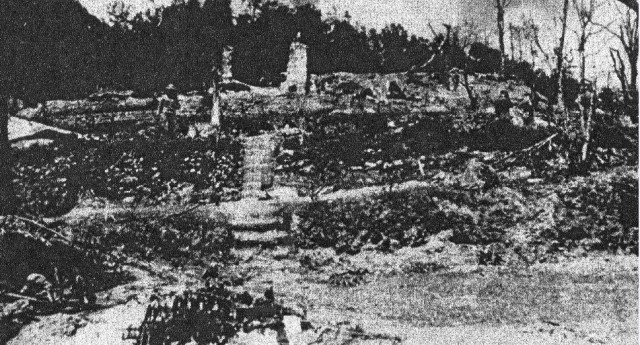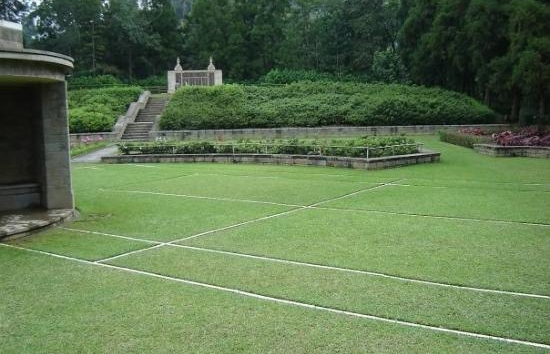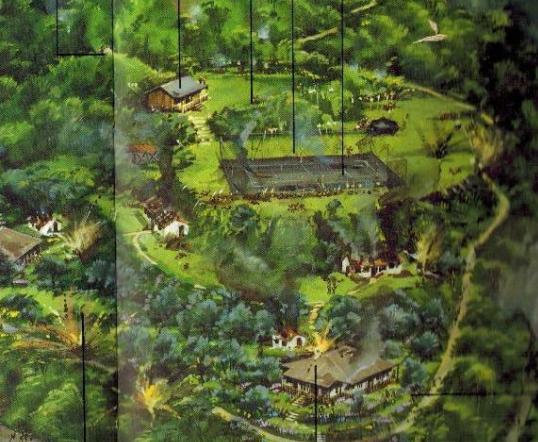Fighting Over a Tennis Court June 28, 2014
Author: Beach Combing | in : Contemporary , trackbackBattles have been fought in some odd places: in sewers, on iced lakes, in factories, across impossibly high mountains… But a battle on a tennis court is surely unique? Other strange examples: drbeachcombing AT yahoo DOT com The scrap in question took place in April 1944 at the bungalow at Kohima and was one of the most brutal of the Second World War, which is saying something. On the one side, Indian Army soldiers Ghurkas, Britons, of course, Indians and a sprinkling of Dominion men; on the other other, the long suffering warriors of the Japanese fifteenth army in its reckless but deadly earnest attack on the Raj. In retrospect the Japanese ambition to steal into Delhi was insane. In fact, the rush up from Burma in 1944 was the strategic equivalent of a banzai charge. However, that charge had to be stopped somewhere and it fell to a handful of Commonwealth troops at Kohima, under Slim’s watchful eye, to do that, even if they were outnumbered almost ten to one.
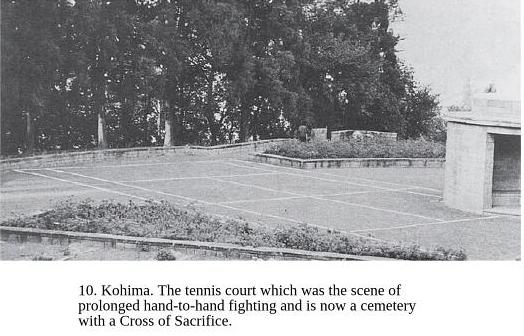
Kohima had a tennis court because it had an imperial bungalow, the home, in fact, of Deputy Commissioner Charles Pawsey in pre-war times. The idyllic Pawsey estate and the heavily jungled hillsides round about were to become the iron bar on which the Fifteenth Army would break its teeth and at the very centre of this rapidly prepared army-trap stood the playing area. The tennis court became, in fact, one of the most contested bits of real estate of the conflict and from April 9 it stood between the armies, the Japanese and Indian Army building trenches on either side. This British diary entry sums up the position well enough:
The Japs… have got dug in under the concrete base of the tennis court. This is peculiarly situated on the top of a twelve-foot bank, so that tanks cannot get at it and grenades and flame flowers cannot reach it. Mortar bombs are ineffective and the troops are too thick on the ground for the mediums to have a crack.
Grenades, mortars and even artillery were all brought to bear on this ‘peculiarly situated’ island and 13 and 17 April the Japanese came close to driving the Indian Army troops off the tennis court and the ridge where the wreck of the bungalow stood. The 17, in fact, is one of the great ‘what ifs’ of the war in the east as the Japanese had broken the Allied position in two, the bungalow was theirs, the tennis court had almost been taken: but they were too exhausted and reinforcements came up on the Commonwealth side in the morning. If there had been twenty fresh Japanese reserves on the evening of the seventeenth, if excellent British artillery had been knocked out… As it was those who served could boast at the end of the campaign that not a single Japanese soldier had got to the western side of the court alive.
It is a great pity that we have no photos of the tennis court from before the war or no accounts of drinking iced tea while Charles played Dorothy from 1938. (Or do we?!) It is, meanwhile, to the very great credit of those responsible for the site today that the lines of the tennis court have been retained, even if the tennis club house has been replaced by a memorial stone (top of steps).
Also one last thing that has always bothered this blogger. Lord Mountbatten a man who caused a great deal of trouble in his over active life once said that Kohima was ‘the British/Indian Thermopylae’. This, of course, in typical Mountbatten style, misses the essential point about Slim’s gamble there. The Spartans lost… The Dorsets, the West Kents, the Ghurkas, the Chindits, the 161 Indian Brigade and the other disparate Commonwealth forces carried off perhaps the most remarkable ‘British’ land victory of the war: aayi ghurkali!
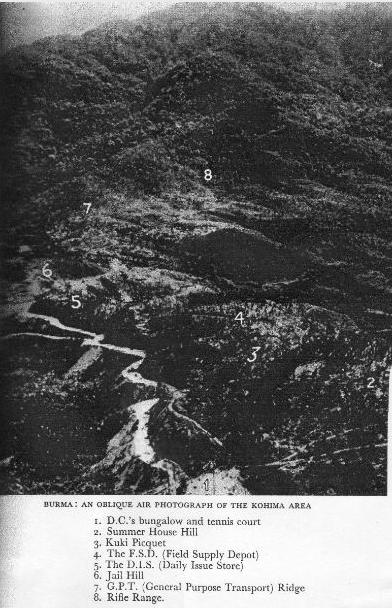
30 June 2014: Mike reminds readers of the Battle of the Repulse Bay Hotel

